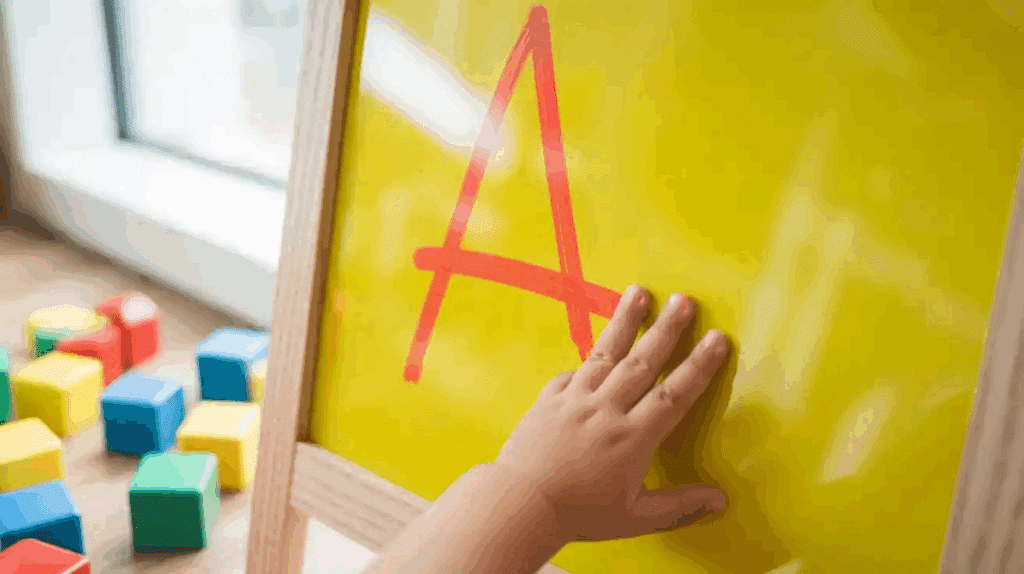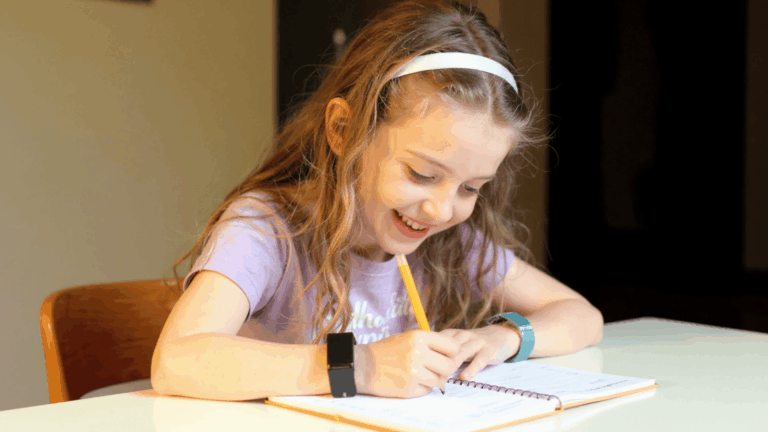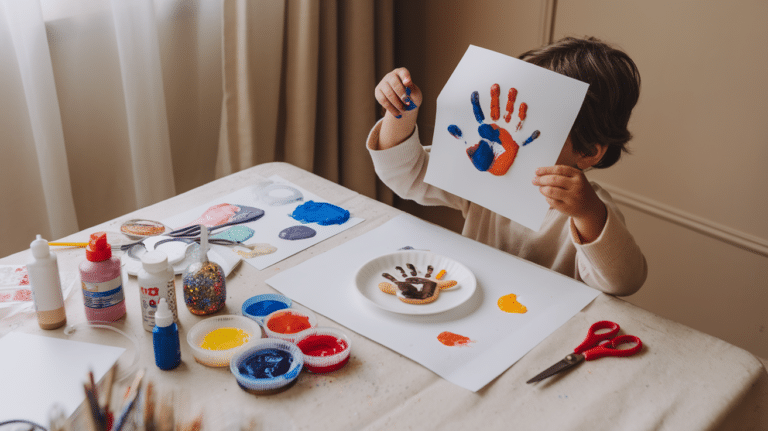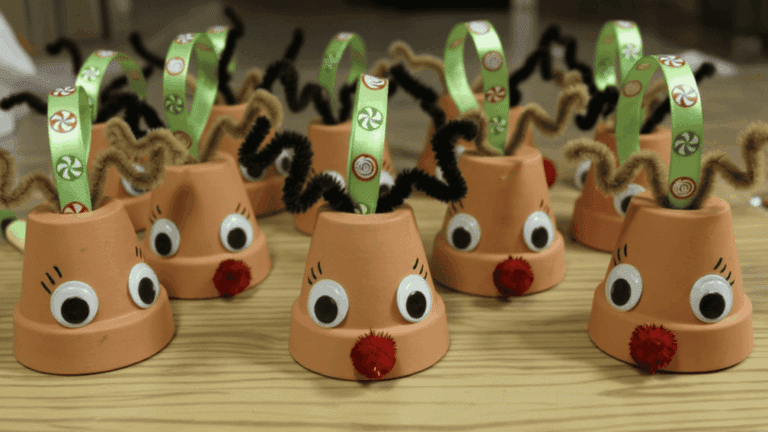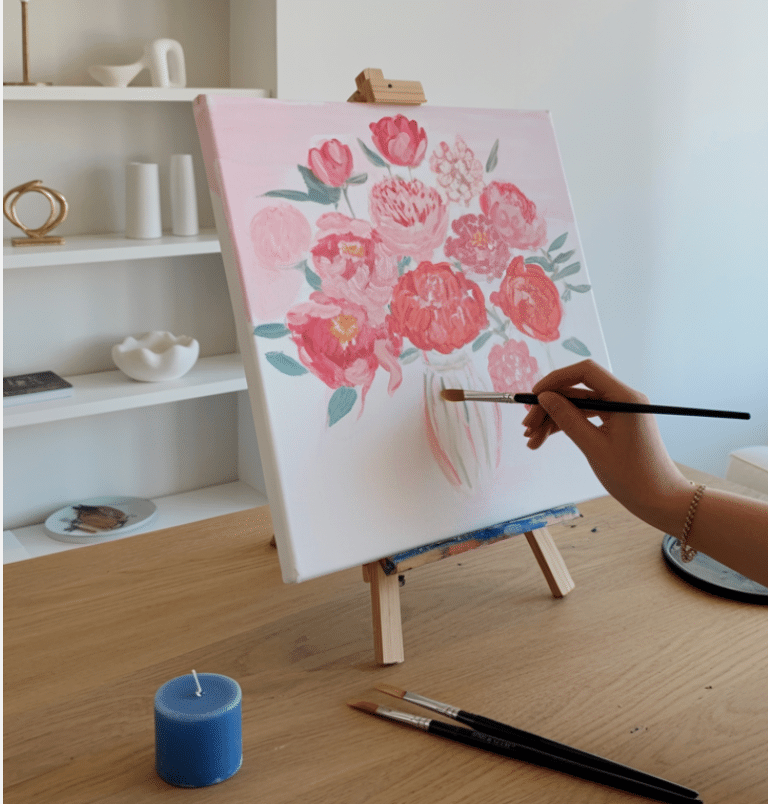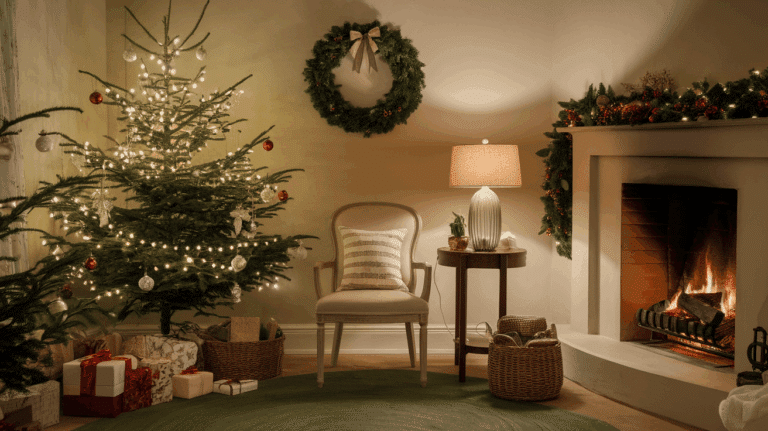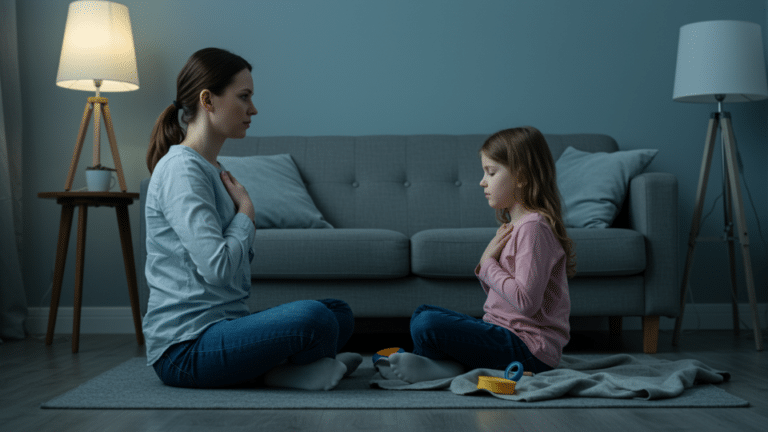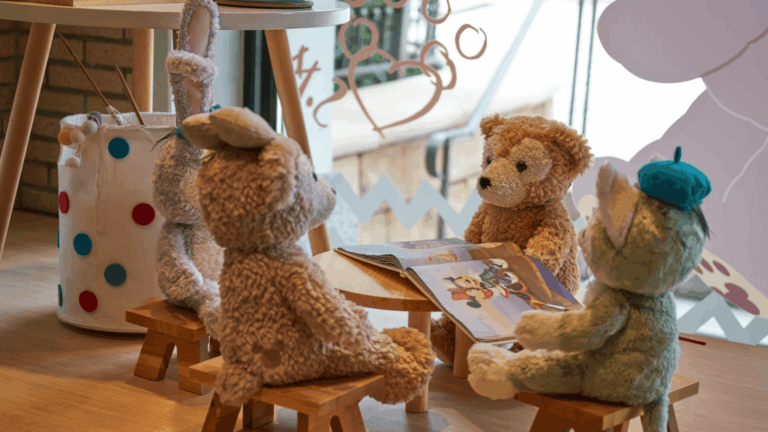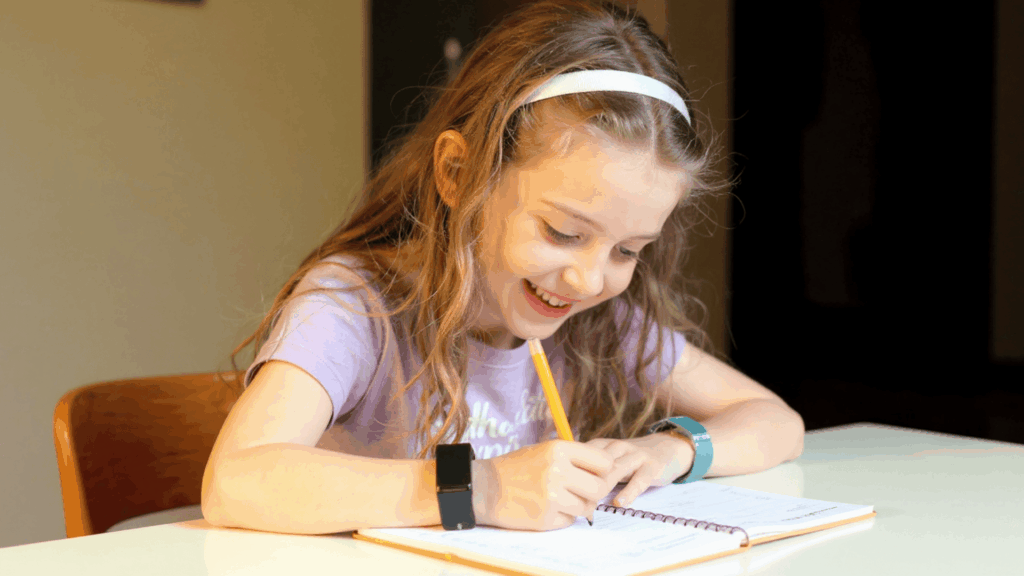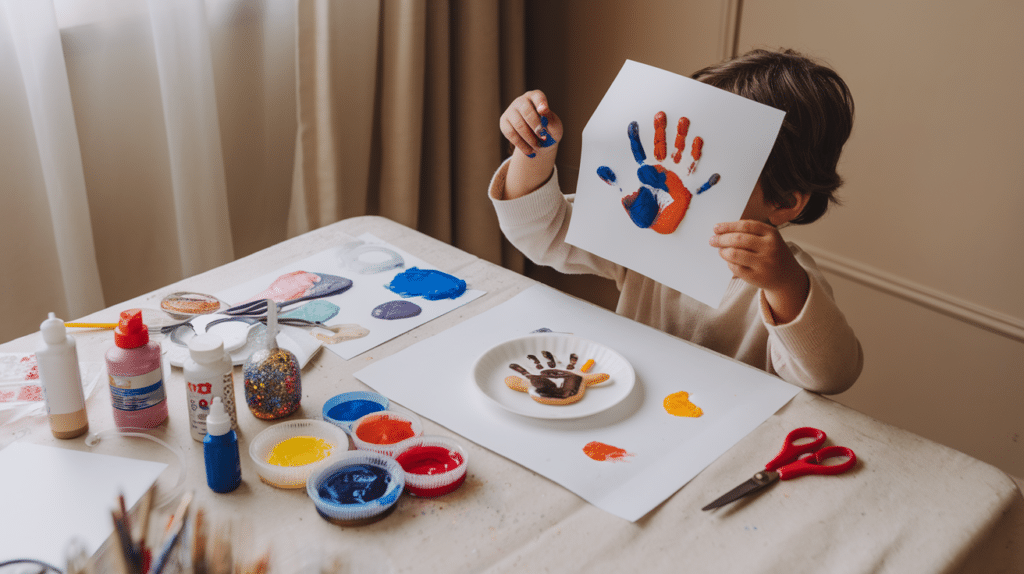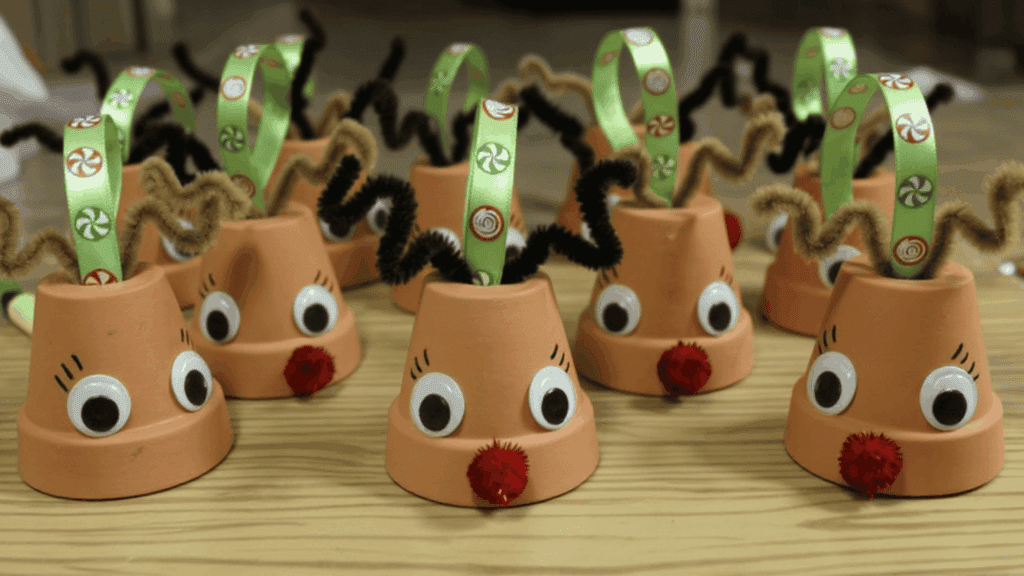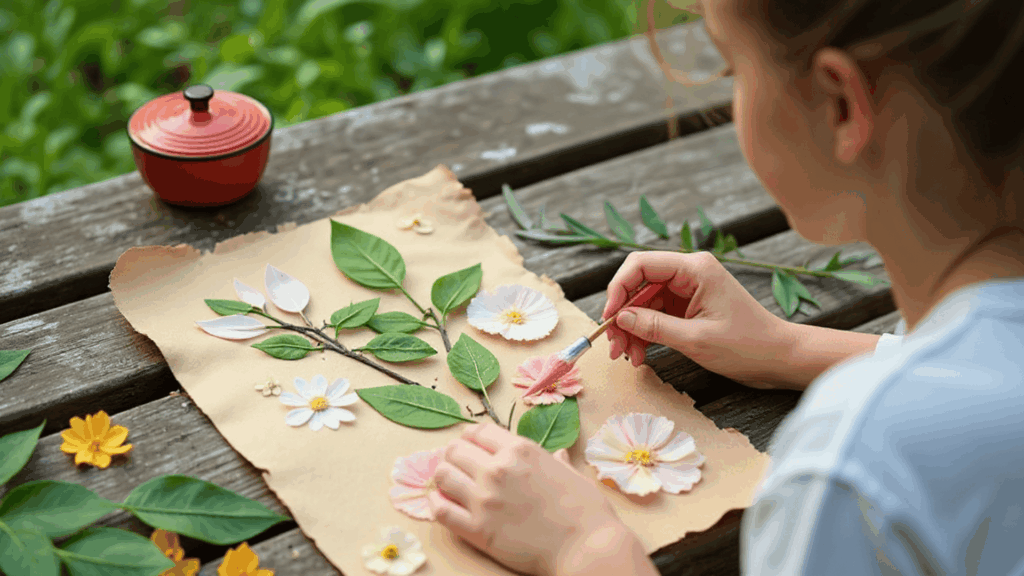Did you know that a child’s first encounter with letters can spark a lifelong love of learning?
Picture tiny fingers tracing magical shapes that hold the power to unlock entire worlds of imagination. Letter recognition activities are the secret gateway to linguistic mastery, converting abstract symbols into exciting adventures.
These carefully crafted experiences do more than teach the alphabet-they build confidence, develop critical cognitive connections, and set the foundation for reading success.
By hiring young minds through interactive, multisensory approaches, parents and educators can turn learning into a playful trip of find that will resonate throughout a child’s academic life.
Why Letter Recognition Matters in Early Childhood?
Letter recognition activities are crucial developmental milestones that lay the foundation for future reading and writing skills.
Through tempting letter identification activities, children begin to understand the building blocks of language. These activities help young learners connect visual symbols with sounds, developing critical cognitive connections. Practical letter recognition activities can include tracing letters, matching uppercase and lowercase forms, and playing interactive alphabet games.
By making letter identification activities fun and multisensory, parents and educators can spark children’s curiosity and enthusiasm for learning.
As children master these skills, they gain confidence and develop the essential pre-reading abilities that will support their academic travel throughout early childhood and beyond.
Letter Recognition Activities for Young Learners
Developing strong letter recognition skills is crucial for early childhood education.
Hands-on letter recognition activities offer a tempting way for children to learn the alphabet through interactive experiences. These letter identification activities can change learning into a playful adventure, helping children connect visual symbols with sounds and meanings.
Indoor Alphabet Adventures (Home/Classroom Settings)
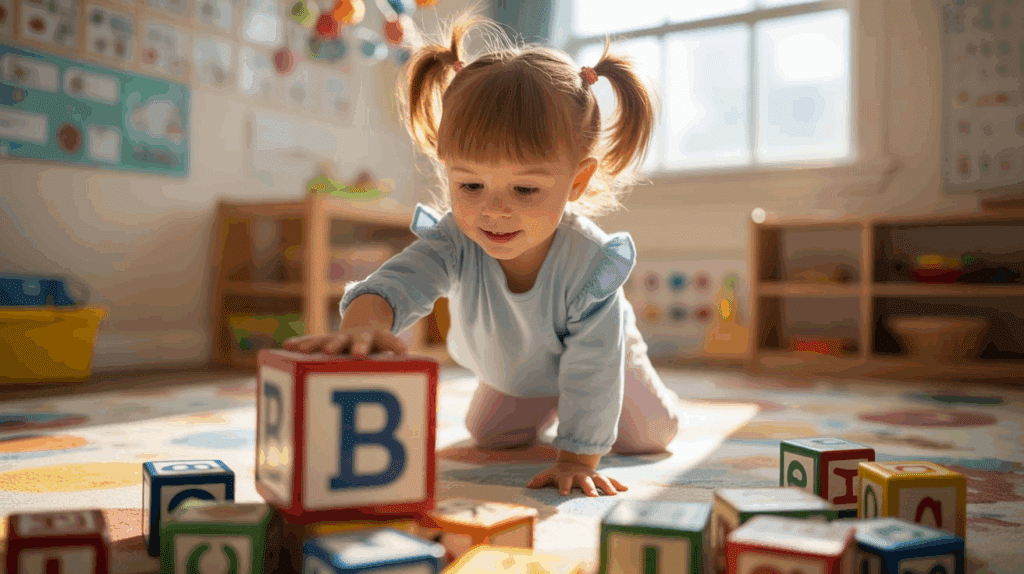
These ideas use everyday household or classroom objects to create interactive hunts that develop letter identification skills:
-
Find something that starts with the letter A.
-
Find a toy that has the letter B on it.
-
Spot a book with the letter C in the title.
-
Locate a cereal box with a D.
-
Discover an object shaped like the letter E.
-
Find your name’s first letter on something.
-
Spot an F on a food label.
-
Search for a G on a calendar.
-
Identify an H on a wall poster.
-
Hunt for a sock that starts with the letter S.
-
Find an I on an appliance.
-
Search for a J in a storybook title.
-
Look for a K on a keyboard.
-
Identify L on a magazine cover.
-
Discover an M on a snack wrapper.
-
Spot N in a product name in the pantry.
-
Find an O on a toy label.
-
Spot the letter P on a backpack.
-
Find Q in a board game name.
-
Identify R on a refrigerator magnet.
-
Search for an S on a shampoo bottle.
-
Locate T on a tissue box.
-
Hunt for U in a clothing brand.
-
Identify V on a vacuum cleaner.
-
Find W on a Wi-Fi router label.
-
Spot X in a medical/first-aid item.
-
Discover Y on a yogurt container.
-
Hunt for Z on a zipper tag.
-
Find the first letter of “bathroom.”
-
Match the letter on a clock face.
-
Grab a spoon with a letter engraved.
-
Open a drawer and find a letter.
-
Spot a letter on a wall clock.
-
Hunt for the letter on TV remote buttons.
-
Locate a letter on a sticky note.
-
Spot the alphabet on a cleaning product.
-
Find a letter in a recipe book.
-
Check your schoolbag for a random letter.
-
Find a letter on a whiteboard marker.
-
Locate the first letter of “living room.”
-
Match a toy’s brand to its first letter.
-
Find the last letter of the word “closet.”
-
Discover a kitchen object starting with K.
-
Look under a couch cushion for hidden letters.
-
Spot a letter on an electrical switch.
-
Match letters to fridge items.
-
Identify the first letter of your favorite show.
-
Find the letter printed on socks.
-
Find the hidden letter puzzle piece.
-
Spot a lowercase letter in a coloring book.
Outdoor Alphabet Explorers (Yard, Playground, or Garden)
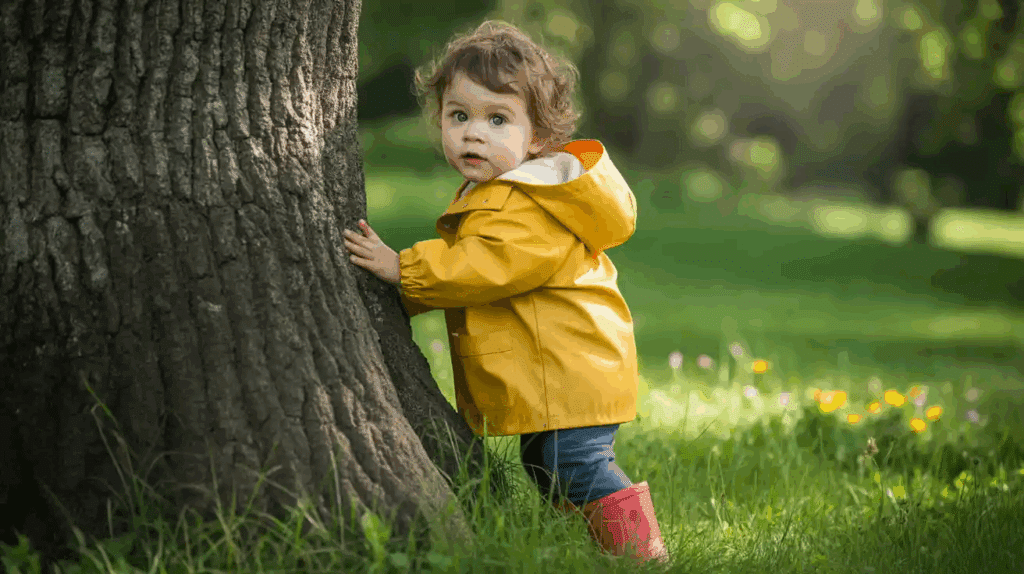
Great for active learners and kinesthetic exploration in outdoor settings:
-
Find something natural that starts with A.
-
Spot a B on a car license plate.
-
Find C on a welcome mat or sign.
-
Hunt for D in a street sign.
-
Locate E in a garden tool brand.
-
Find F on a flower pot label.
-
Discover G on a mail box.
-
Hunt for H carved on a tree.
-
Spot I in a sidewalk chalk drawing.
-
Find J on a swing set.
-
Discover K on a kite or toy.
-
Spot L on a leaf’s name tag.
-
Find M in playground signage.
-
Look for N on a garden gnome.
-
Spot O in a bird feeder label.
-
Discover P on a plant tag.
-
Find Q in a car brand.
-
Spot R in a recycling bin label.
-
Hunt for S in sports equipment.
-
Find T in the word “TREE.”
-
Locate U on a garden hose reel.
-
Spot V in a van’s nameplate.
-
Discover W in water hose labels.
-
Look for X in playground crossing signs.
-
Hunt for Y in yard sale signs.
-
Spot Z in a pet’s name collar.
-
Trace the shape of a letter in the dirt.
-
Build a letter with pebbles.
-
Use twigs to form a letter.
-
Find letters printed on outdoor toys.
-
Spot a flying object starting with a B (ball).
-
Find a leaf that looks like a specific letter.
-
Create a letter from sidewalk chalk.
-
Touch something that starts with the same sound as S.
-
Point to a tree that starts with P (pine).
-
Look for a bug that starts with L (ladybug).
-
Find an object shaped like C.
-
Match leaves with letters of colors.
-
Identify letters carved in pavement.
-
Spot an alphabet sticker on a bike or helmet.
-
Hunt for first letter of your street name.
-
Find a painted alphabet on playground gear.
-
Look for an item starting with your favorite letter.
-
Discover the alphabet on a lost toy.
-
Collect objects to spell a 3-letter word.
-
Find the letter in a street vendor’s sign.
-
Spot letters on park benches.
-
Identify a letter on a neighbor’s door number.
-
Match the alphabet to something moving.
-
Use the sky to form a letter with your arms.
Sensory and Tactile Letter Hunts
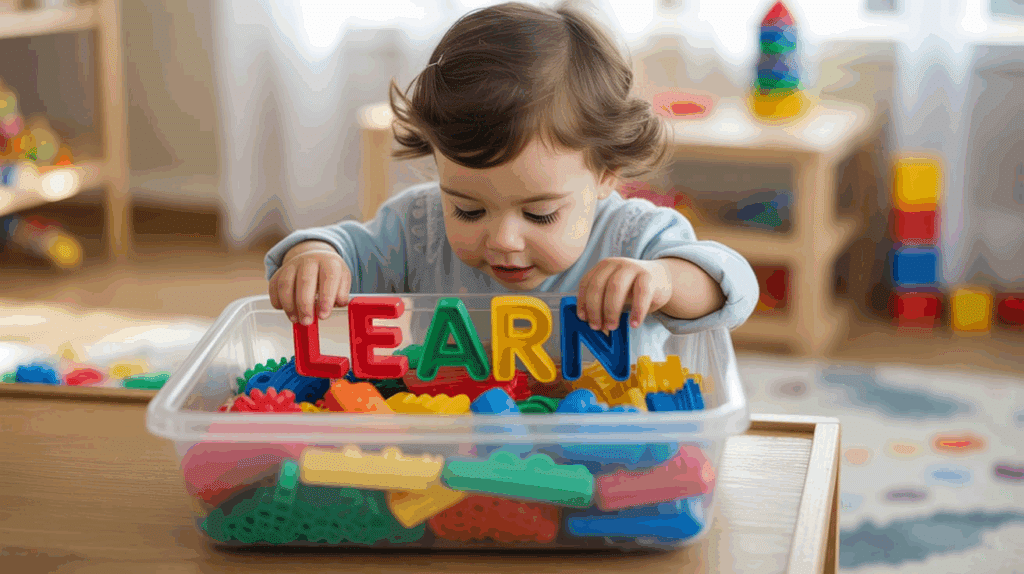
Designed for hands-on exploration using texture, shape, and feeling to reinforce learning:
-
Dig in a sensory bin for plastic letters.
-
Search for letter beads in rice.
-
Feel letter cutouts in a mystery bag.
-
Find foam letters in the bathtub.
-
Locate magnetic letters in a tray of beans.
-
Find hidden letters in kinetic sand.
-
Sift through cotton balls to find letters.
-
Identify letters by feel (fabric vs wood).
-
Match sandpaper letters by shape.
-
Hunt for ice cube letters in water.
-
Peel back stickers to reveal letters.
-
Match tactile letters to written cards.
-
Pop bubbles with the matching letter.
-
Use finger paint to reveal hidden letters.
-
Shake sensory bottles with hidden letters.
-
Find letters inside balloons.
-
Match felt letters on a felt board.
-
Sort textured letters by uppercase/lowercase.
-
Discover letters written in shaving cream.
-
Use cookie cutters to find the right letter.
-
Look for alphabet pasta in cooked pasta bins.
-
Dig out alphabet sponges from water.
-
Trace letters with your finger in flour.
-
Stick letters to clothespins and match.
-
Use stamps to find missing letters.
-
Match letter buttons to cards.
-
Feel the letter sewn onto fabric.
-
Dig into jelly for alphabet shapes.
-
Match fuzzy and smooth letter pairs.
-
Pull letter tokens from a sensory sock.
-
Use Velcro letters to match words.
-
Create letters using pipe cleaners.
-
Smash playdough to find alphabet shapes.
-
Assemble a letter puzzle from sensory items.
-
Search a bag of pom-poms for letter tiles.
How to Teach Letter Formation Alongside Recognition
Learning letters is a foundational skill that requires both visual recognition and motor skill development.
To make the learning process entertaining and compelling, educators and parents can implement the following strategies to help children make meaningful connections between letter shapes and their formation.
- Integrate multisensory approaches that combine visual, tactile, and kinesthetic learning techniques
- Use large-scale tracing activities with fingers, sand, or shaving cream to explore letter shapes
- Demonstrate proper stroke order and directional movements for each letter
- Create memorable stories or movements that connect letter shapes to their formation
- Utilize texture-based learning with sandpaper letters or textured tracing materials
- Incorporate playful activities that make letter formation feel like an exciting game
By combining these methods, children develop a comprehensive understanding of letters that goes beyond simple recognition, setting a strong foundation for future reading and writing skills.
Wrapping It Up
Letter recognition activities are far more than simple educational exercises-they are the foundation of a child’s linguistic development.
Through creative, tempting, and multisensory approaches, these activities change learning into an exciting inquiry of language. Children who master letter recognition develop critical cognitive skills, build confidence, and prepare themselves for academic success.
By making learning fun and interactive, parents and educators can inspire a genuine love for reading and writing.
The travel of letter recognition is a crucial stepping stone, connecting young learners to the vast world of communication and knowledge that awaits them.


